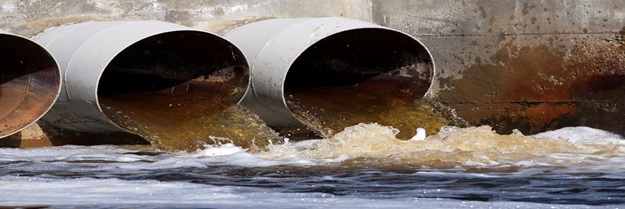
States/UTs | Sewage Generation (in MLD) | Installed Capacity (in MLD) | Proposed Capacity (in MLD) | Total Treatment Capacity (in MLD) including planned & proposed | Operational Treatment Capacity (in MLD) |
Andhra Pradesh | 2,882 | 833 | 20 | 853 | 443 |
Chhattisgarh | 1,203 | 73 | 0 | 73 | 73 |
Dadra & Nagar Haveli | 67 | 24 | 0 | 24 | 24 |
Goa | 176 | 66 | 38 | 104 | 44 |
Gujarat | 5,013 | 3,378 | 0 | 3,378 | 3,358 |
Haryana | 1,816 | 1,880 | 0 | 1,880 | 1,880 |
Himachal Pradesh | 116 | 136 | 19 | 155 | 99 |
Jammu & Kashmir | 665 | 218 | 4 | 222 | 93 |
Jharkhand | 1,510 | 22 | 617 | 639 | 22 |
Karnataka | 4,458 | 2,712 | 0 | 2,712 | 1,922 |
Kerala | 4,256 | 120 | 0 | 120 | 114 |
Madhya Pradesh | 3,646 | 1,839 | 85 | 1,924 | 684 |
Maharashtra | 9,107 | 6,890 | 2,929 | 9,819 | 6,366 |
NCT of Delhi | 3,330 | 2,896 | 0 | 2,896 | 2,715 |
Punjab | 1,889 | 1,781 | 0 | 1,781 | 1,601 |
Rajasthan | 3,185 | 1,086 | 109 | 1,195 | 783 |
Tamil Nadu | 6,421 | 1,492 | 0 | 1,492 | 1,492 |
Telangana | 2,660 | 901 | 0 | 901 | 842 |
Uttar Pradesh | 8,263 | 3,374 | 0 | 3,374 | 3,224 |
West Bengal | 5,457 | 897 | 305 | 1,202 | 337 |
| Plant Name | Treatment Capacity (in MLD) | Location |
| Okhla Wastewater Treatment Plant | 564 | Okhla, New Delhi |
| Koramangala and Challaghatta Valley Project | 440 | Bengaluru |
| Coronation Pillar | 318 | North Delhi |
| Kodungaiyur | 270 | Chennai |
| Kondli | 204 | East Delhi |
| Technology | Technology Type | Number | Capacity (in MLD) |
| Activated Sludge Process (ASP) | Conventional | 321 | 9,486 |
| Sequencing Batch Reactors (SBR) | Conventional | 490 | 10,638 |
| Extended Aeration (EA) | Advanced | 30 | 474 |
| Upflow Anaerobic Sludge Blanket (UASB) | Advanced | 76 | 3,562 |
| Moving Bed Biofilm Reactor (MBBR) | Advanced | 201 | 2,032 |
| Fluidized Aerobic Bed Reactor (FAB) | Advanced | 21 | 242 |
| Waste Stabilization Pond (WSP) | Natural | 67 | 789 |
| Oxidation Pond (OP) | Natural | 61 | 460 |
| Others (Aerated Lagoon (AL), Bio-Tower, Electro Coagulation (EC) etc.) | − | 364 | 8,497 |
